If you think all dog leashes are the same, think again! Here's what you need to know before purchasing one.
Our editors and experts handpick every product we feature. We may earn a commission from your purchases.Learn more.
If you think all dog leashes are the same, think again! Here's what you need to know before purchasing one.
Our editors and experts handpick every product we feature. We may earn a commission from your purchases.Learn more.

Leashes are a must-have for every dog owner. However, many dog owners don’t realize the huge variety of leashes or the options that will best suit their dog. It’s an important decision, so know your options.
Some of the most important factors for choosing a dog leash are:
Just as there are many factors that go into choosing a leash, there are many types of leashes that address those factors. To adapt to your dog’s specific needs, consider these popular types of leashes:
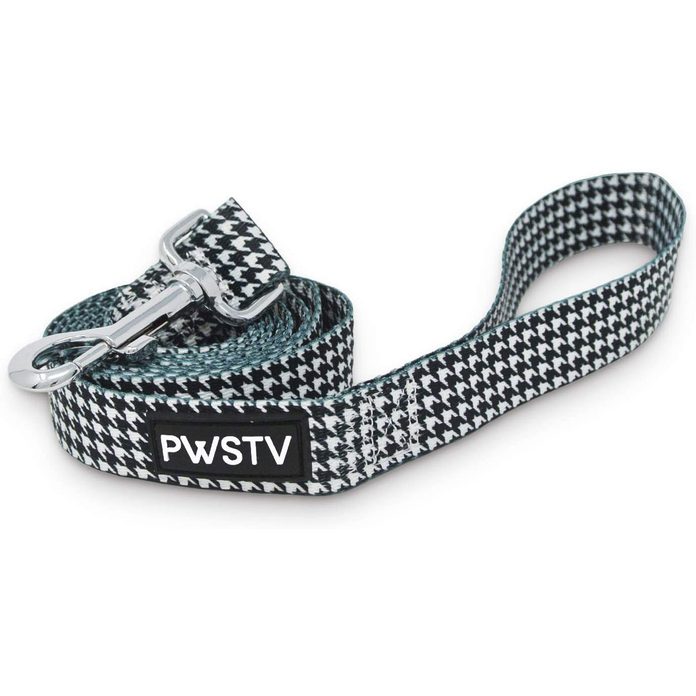
The flat lead is the standard type of dog leash. It is usually made of nylon or rope, and it can be thick or thin. Flat leads will attach to the dog’s collar with a simple metal clasp.
Pros:
Cons:
The Pawsitive Co. flat lead leash is a great option for you and your dog. The soft nylon material provides comfort, and the one-inch thickness makes it sturdy. Plus, there are many colors available!
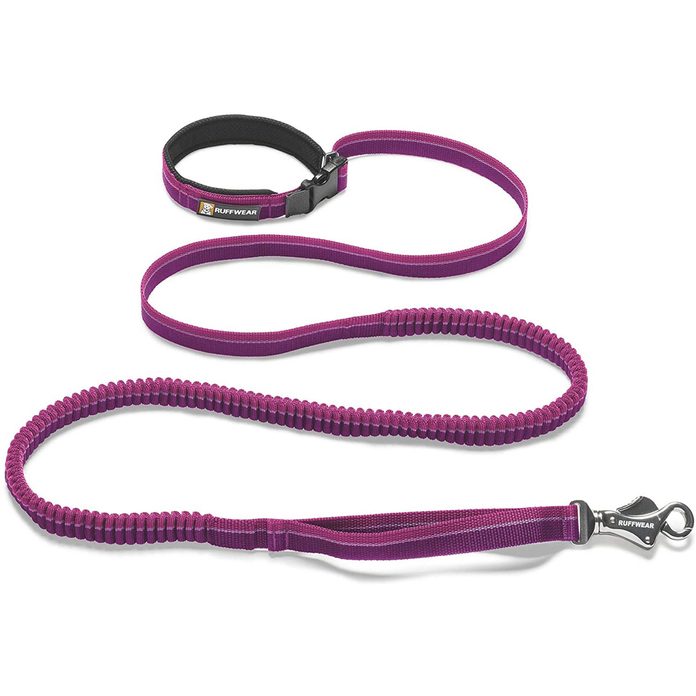
Bungee leashes are the most popular choice of active dog owners, and even the military. They are often designed to be hands-free. The elasticity protects you and your dog from strain caused by strong and abrupt pulls.
Pros:
Cons:
Ruffwear’s Roamer Leash is one of the top bungee leashes on the market. Unlike others of its kind, it interlaces elastic into its webbing for the best shock absorption.
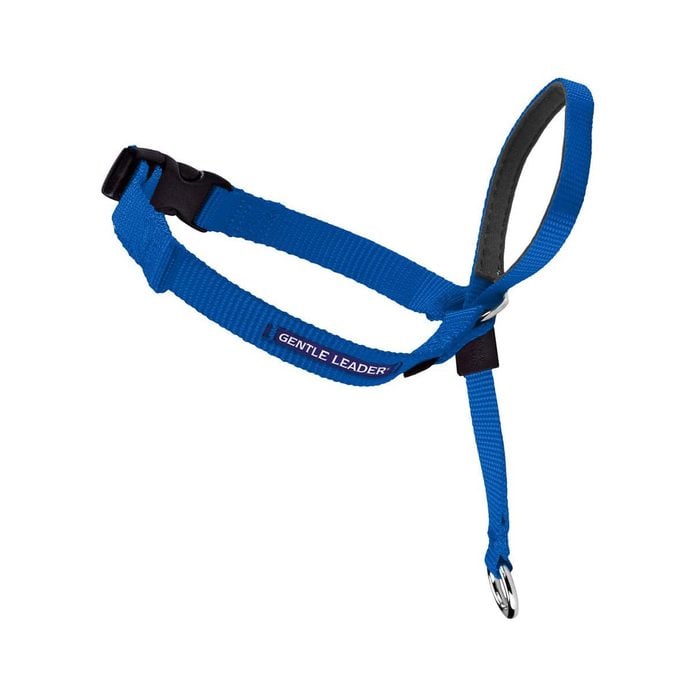
Also known as the head collar, the ingenuity of the gentle leader is its halter structure. The collar loops around the neck, behind the ears and over the muzzle. The design is great for dogs who pull a lot because they can’t pull with their full weight.
Pros:
Cons:
With more than 20,000 ratings on Amazon, the PetSafe Gentle Leader is a must-have. It’s designed to keep the pressure off your dog’s neck, and is easier to fit than most gentle leaders.

Harness leaders are the best option for dogs with tracheal problems. These leaders fit around the chest and clip on the back. Harness leads may not include a leash attachment.
Pros:
Cons:
The heavy-duty rabbitgoo harness will fit dogs of any size. The cushioning is designed to protect your dog’s skin and fur. And it’s breathable, too!
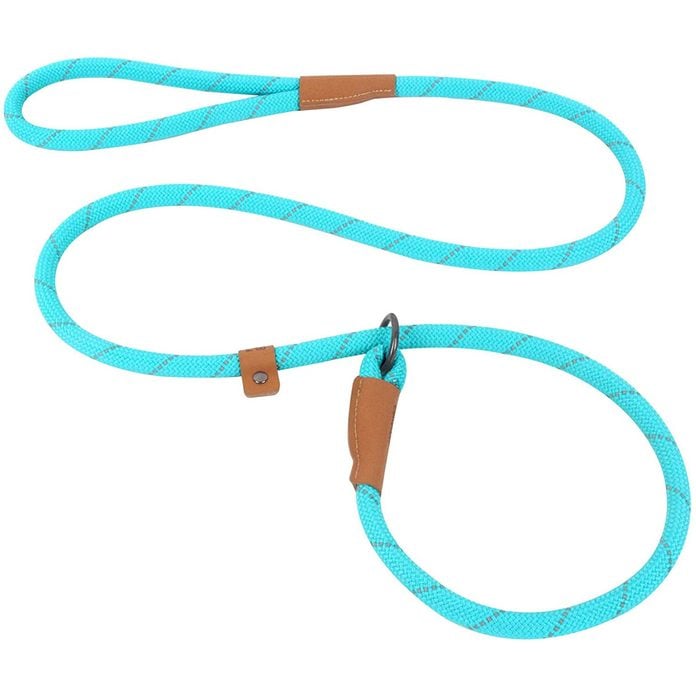
Slip leads are ideal for training young dogs not to pull. The leash itself functions as a collar by pulling it through a metal ring and looping it around the dog’s neck. It is fast to put on, and fast to take off.
Pros:
Cons:
This slip lead from Pet’s company is five feet long, which provides just the right amount of control over your dog. It’s reflective for dog safety on nighttime walks, too.
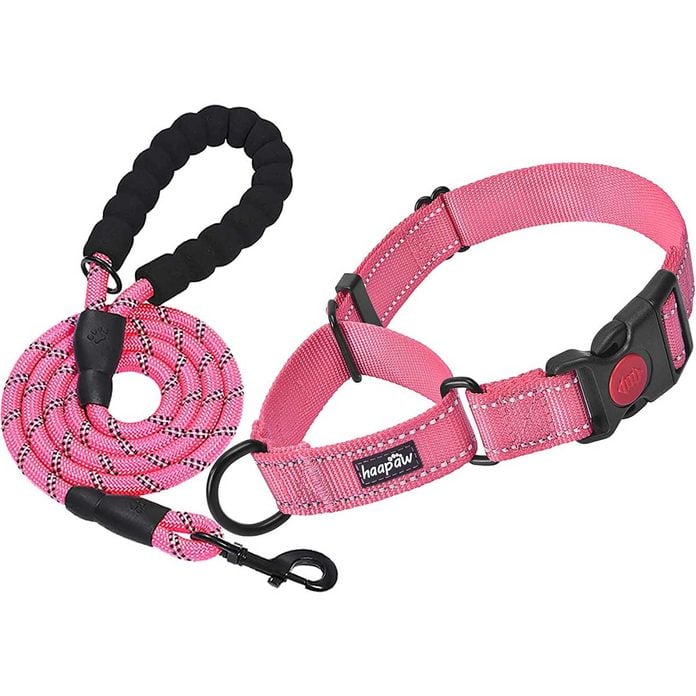
Like the slip lead, a martingale lead can function as a lead and a collar. These leads tighten to the exact size of your dog’s neck through a separate loop of material. This way, the dog cannot slip out of the leash or pull too hard.
Pros:
Cons:
Haapaw’s Martingale set comes with a collar and a leash. It’s made of thick nylon material, and the leash has a nice foam handle to protect your hand.
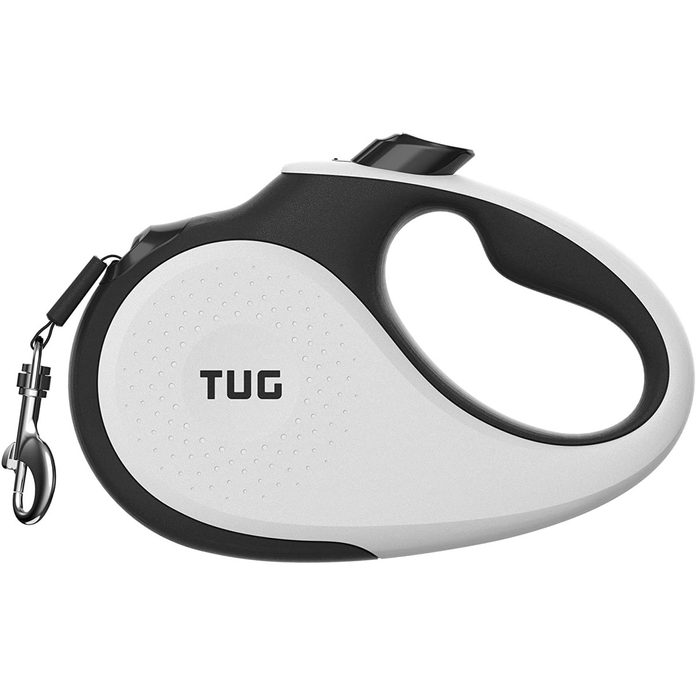
Retractable dog leashes allow your dog to run much farther than the average leash without any hassle. You can restrict or release the length with the push of a button. And you don’t have to deal with miles of rope when you are ready to put it away.
Pros:
Cons:
This TUG retractable leash is designed to prevent tangling and keep your dog safe. It even comes in three sizes to cater to larger dogs.